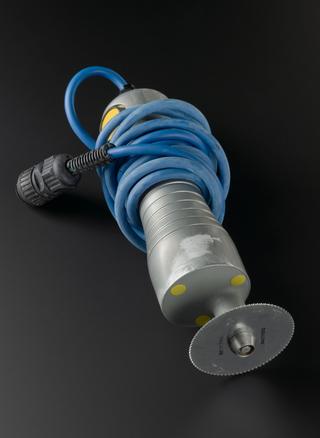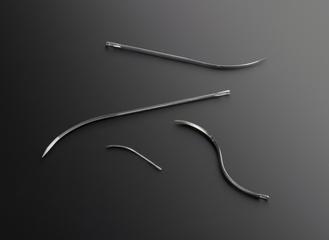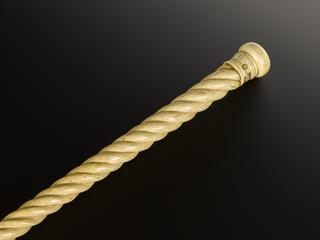
Disposable bottle nose forceps
- Made:
- 2008-2010



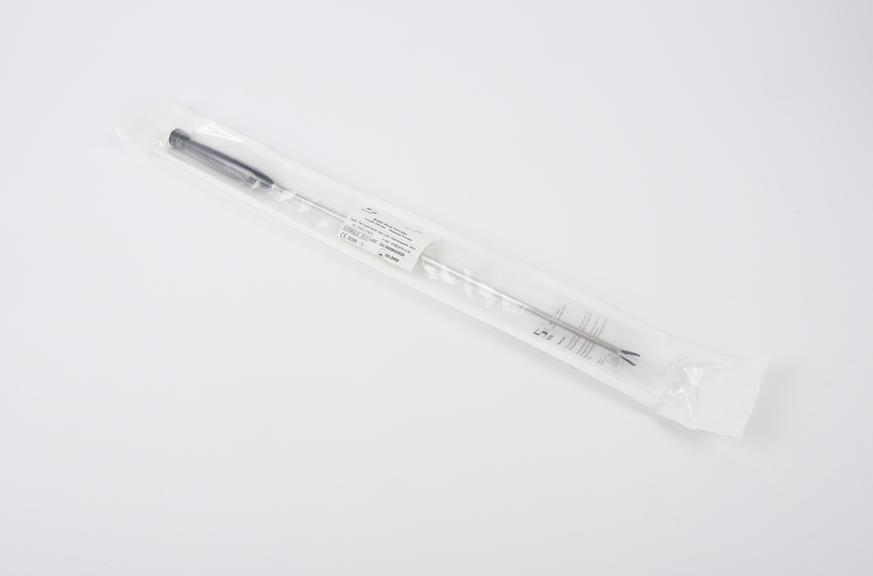

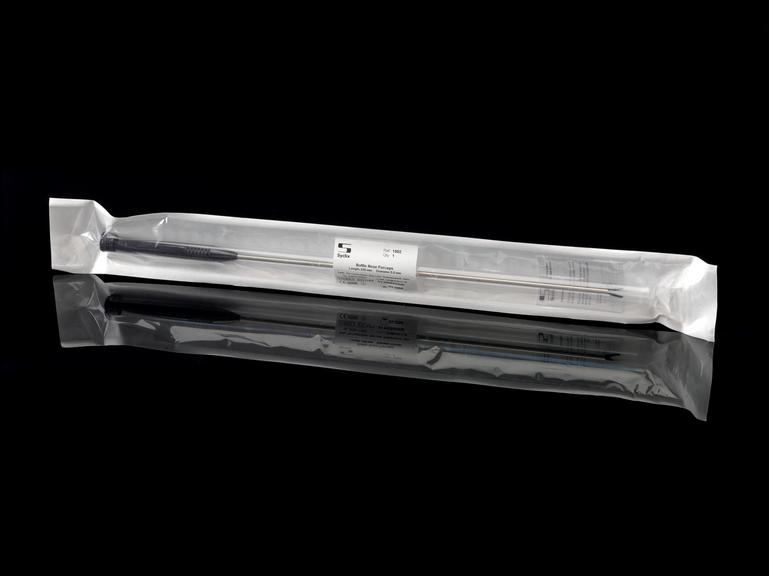
Disposable bottle nose forceps with multi-dimesional usage concept by John Wickham, designed by Random House Limited, manufactured by Syclix and project managed by Sovrin Plastics, Hertfordshire, England, 2008-2010
Like many surgeons, Mr John Wickham (1927-2017), who specialised in urology, designed and improved the instruments he used throughout his work. Instead of using the traditional ring grip on the hand, this instrument is opened and closed by rolling the black part of it between the forefinger and thumb. The design won the 2006 Horner's Plastics and Innovation and Design Award.
John was one of the first cohort in the United Kingdom to carry out and champion keyhole surgery for its patient and surgeon benefits. He coined the phrase minimally invasive surgery and set up the Society of Minimally Invasive Therapy in 1989. Since 2000, SMIT is the Society for Medical Innovation and Technology and continues to bring together surgeons, medics, engineers and medical device developers. John was also among the first to used robotic assisted surgery in his work and introduced shock wave therapy for kidney stones to the United Kingdom.

